One of the fundamental teachings of yoga is about staying connected with ourselves, with each other and also with our planet as a whole. It’s only natural to expect that yoga mats would be made of materials that leave as small of a footprint on our planet as possible. Ideally, yoga mats should be made by using sustainably-sourced natural materials, like natural rubber yoga mats, cotton, cork or even wool or jute.
These materials would then be made into yoga mats by using eco-conscious manufacturing processes that don’t create toxic waste. Unfortunately, this is often not the case for some yoga mats you can find online or in stores.

The yoga mats in the photo above are available here.
Materials that are not eco-friendly are actually the ones that are most often used when making yoga and fitness mats. You can recognise them by their plastic-like or foam-like texture, and a smell that is artificial and doesn’t resemble something found in nature.
Such plastic-y / foamy materials are usually derived using processes that can harm the environment. They also make yoga and exercise mats difficult to recycle and dispose of in a way that doesn't negatively impact the environment. Plus, they can even release toxins in small doses for the entire time that you use them, which is not great given you spend time in close contact with the mat’s surface while you work out.
Therefore, a first piece of advice on how to choose your yoga mat is to make sure you look for one that is made of sustainably-sourced natural materials that are also recyclable, or even biodegradable. These are more likely not to be harmful to either yourself or the environment.

1. What yoga mats are made of
A yoga mat may look like a one piece of grippy material at first glance but in many cases it’s actually made of multiple layers bound or glued together to make one compact surface. It sounds boring, but if you’re thinking to get a new yoga or fitness mat, it’s really helpful to check the product specifications. Some answers to look for are:
- What is the mat made of?
- Where do the materials that make the mat come from? Are they natural or artificial?
- If you’re allergic to latex, is the mat suitable for you?

For example, the DIYogi mats look like one piece but are in fact made using 3 very different layers of material. These are:
(1) natural rubber – which keeps the mat stuck to the floor and provides grounding support;
(2) cotton – which makes the mat more comfortable to use and has an antibacterial function and
(3) a special layer of eco-friendly polyurethane, which gives the DIYogi mat the powerful grip it’s known for.
We 'stick' these materials together without using any glue – we just use heat to bind them together for making one yoga mat. Using a heat process was very important to us when creating the DIYogi mats: most mats use industrial glue instead, which makes them difficult to recycle and releases toxins into the environment long after the mat has been disposed of.

2. Find a yoga mat with good grip for your practice
Look for a grippy yoga mat that would give you full support and prevent you from injuring yourself by slipping on it. If you love dynamic workouts or do Hot Yoga, it’s important to make sure that the mat you have will absorb moisture as you practice so it doesn’t become slippery as you sweat.
When practicing on your yoga mat:
- You need to feel adequate support
- You have to feel in full control of your posture
- You should be able to focus on your exercise rather than on not slipping
- You should be able to transition easily between poses
A yoga or exercise mat that keeps you steady in all poses will do wonders for your progress. The first time I practiced on a properly grippy yoga mat I couldn’t believe how much longer I could hold each pose for and how I could take a taller stance in every inversion just because my palms or forearms weren’t slipping anymore. I felt completely secure with the hold of the mat so I no longer had to focus on on not slipping. That’s why I had the confidence to go into certain poses I didn’t feel I could even try before.
I sound overly cautious but after I tried a mat with proper grip my practice improved enormously, which is why I fully recommend getting a mat that has a powerful, stable grip that doesn't go away with time.

3. Look for a comfortable yoga mat
There are so many beautiful yoga mats out there that it’s easy to pick one without checking if the thickness is suitable for your type of practice. Getting a yoga mat that has a lot of cushioning helps to avoid aching wrists and ankles, both during and after practice. It’s especially important to choose a mat that is comfortable if you have some injuries you are still feeling the effects of or if you are pregnant.
Ideally, find a mat that is thick enough so your wrists won’t hurt if you hold a plank. You can also look for mats that have some type of insertion that keeps them comfy. We’ve added cotton into the DIYogi mat, but other mats can have an inner layer made of another material, such as microfibre.

4. What about the packaging?
Oh don’t you love an eco-friendly yoga mat that is made of natural materials, ticks all the boxes and has that fresh new smell of the amazing workouts to come? And then it gets delivered in…foil? Tin foil? A plastic box containing bubble wrap, plastic rings and it's packed into another plastic box with polystyrene flavour and 300 Kinder toys on top? OK, maybe not, but you get what I’m trying to say, right? (please do).
Ideally choose products that get delivered using as little plastic as possible for their packaging. Unfortunately sometimes it’s impossible to tell what the product you buy online will come wrapped in, so at a minimum please oh please recycle or reuse the packaging you receive with your yoga mat.

How do I find out all this info?
So now I’ve laid out a few things to look at before buying a yoga mat, how will you know how to find out all this information? And is it as much work as it sounds?
Fortunately, it’s not that much work. In most cases, you can easily access all the details above by looking at the mat’s product description online or the website’s FAQs. But if you feel you don’t have all the information you need, here are a few places you can look:
- Read the product reviews on Google, Amazon or the seller’s website
- Pay attention to the comments the seller receives on social media. Instagram is a great source for this. Do people complain or do they mostly have positive comments? Does the seller reply to people writing them? Do they seem reliable?
- Ask your yoga teacher or a fellow Yogi for recommendations
- Some yoga studios or gyms may have yoga mat samples you can try during class - ask them if they have the brand of mat you are thinking to buy
- Don’t hesitate to contact the seller to check if the mat truly is the kind you are looking for



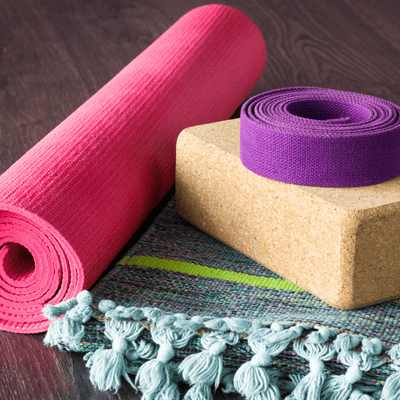
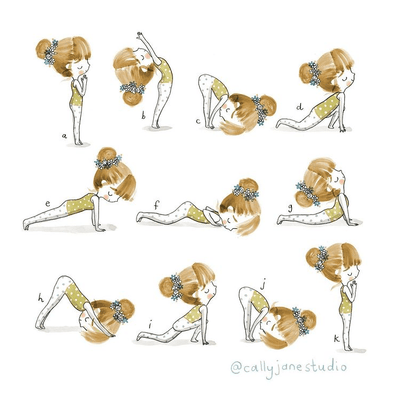
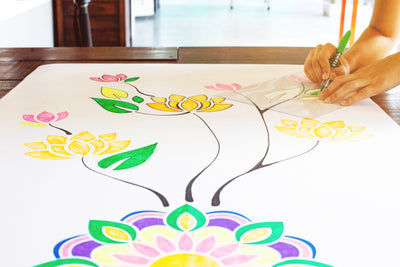
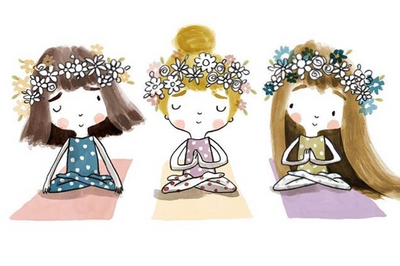
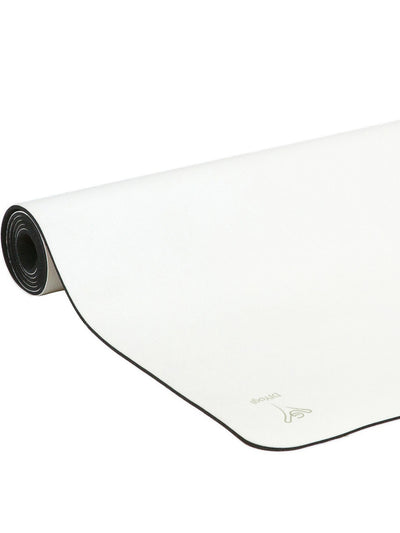
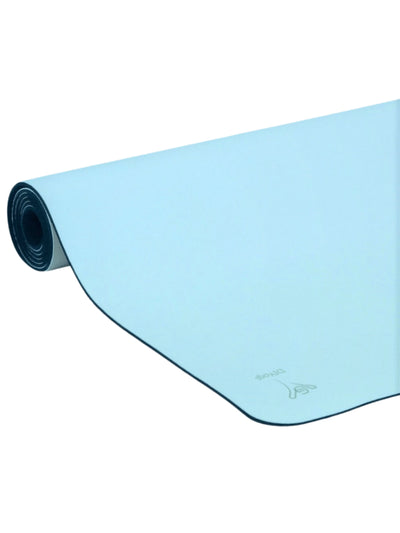
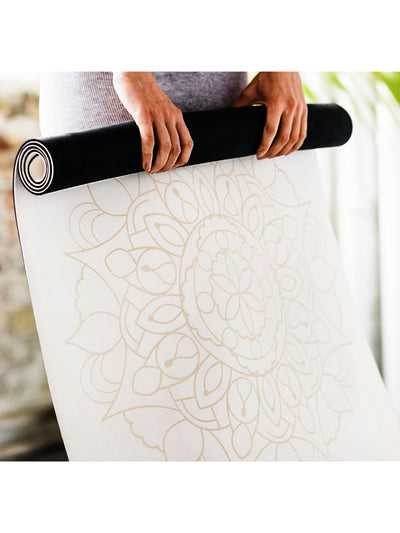
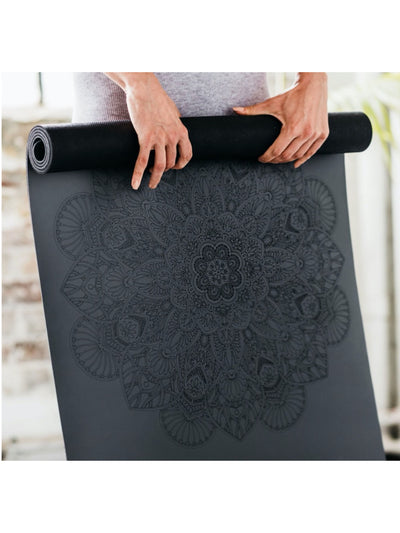
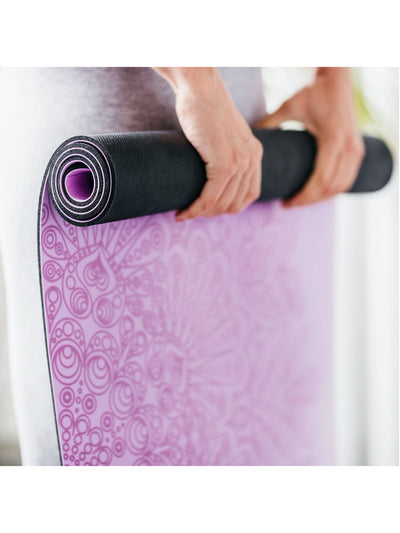
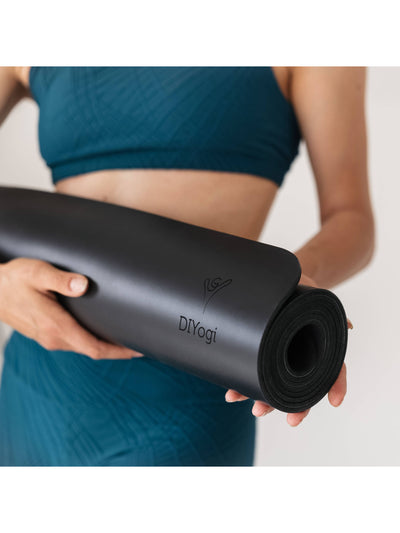
Leave a comment